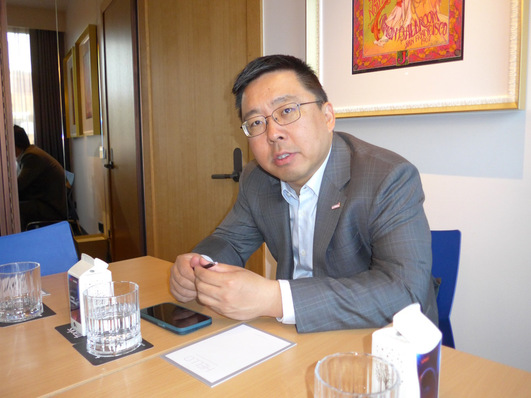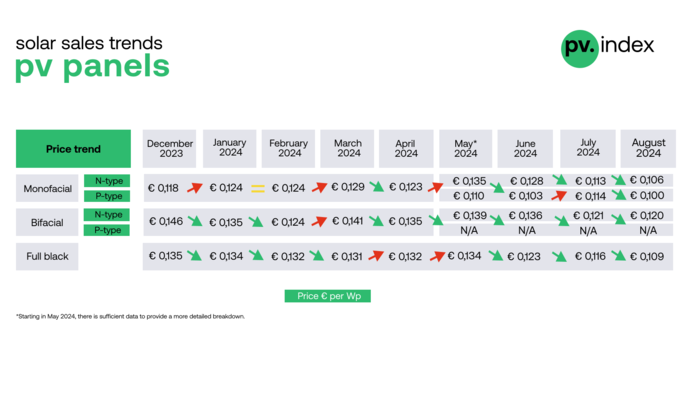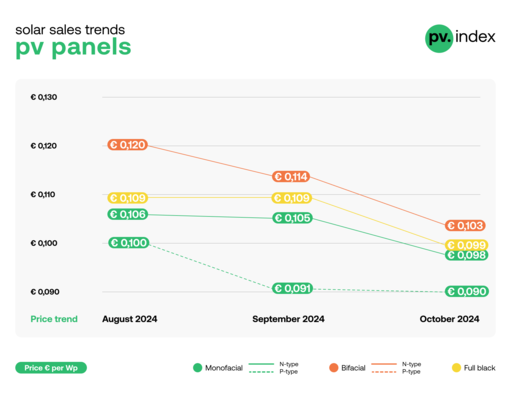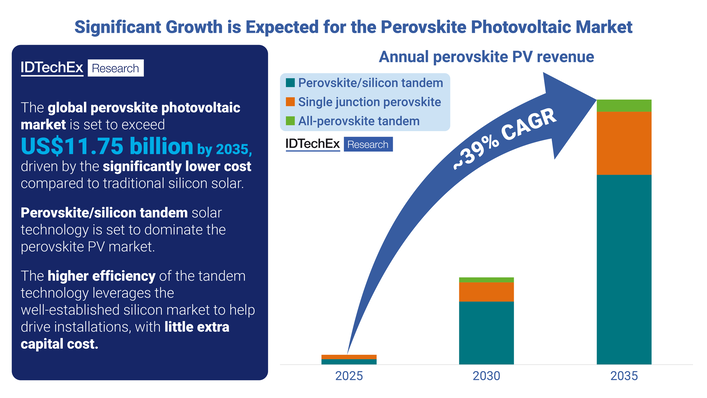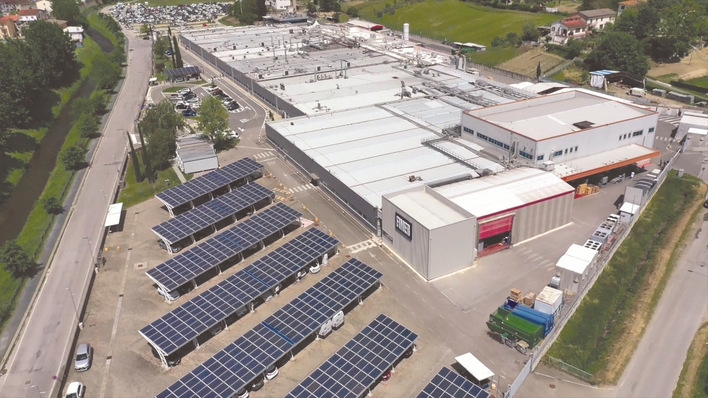pv Europe: In the first half of this year, the PV market in Ukraine grew by a remarkable 23 percent. The installed capacity increased by 132 MW to 705 MW. How is your business going?
Benjamin Fischer: It has developed very well. We will certainly achieve our target of 100 MW this year. We are currently building a 50 MW project and a whole range of others. We have recently adapted our Galmo Galvo, Primo, Symo and Eco inverters in a setup especially for the Ukrainian market. They are already preconfigured, including the overvoltage and undervoltage protection limit. The installer can easily select the appropriate configuration. We have translated the corresponding documents in Cyrillic. We also hired a new technical consultant in July. A capable young man who is now working in our Ukrainian branch. He speaks Ukrainian as a mother tongue, fluent in English and organizes and holds our local training courses and seminars. This is a very important step for us.
How many employees do you have on site?
We have in our branch in Kievskaya, 20 kilometers south-east of Kiev a total of over 50-60 people in our welding department. The new colleague is now specifically responsible for our Business Unit Solar Energy.. From mid-September, we will also set up a spare parts and exchange warehouse for the solar inverters, where our partners can get the components directly without complex import formalities. Fastest service guaranteed.
Are import regulations still a bureaucratic obstacle to market access?
Yes, this is still a certain obstacle, but there is also progress. The visa requirements were made easier, which made it easier for our Ukrainian technical consultant to take part in training courses at our headquarters in Wels.

How many installers and partners do you cooperate with in the Ukraine?
We currently have three qualified sales partners and ten Fronius service partners. We offer four trainings and online webinars per year to potential customers and interested parties, which our new Ukrainian colleague can now hold in the language of the country. This is enormously important because not all installers speak good English, since there is already a certain language barrier. In October, we will be offering the next training, right after the SEF-2017 KYIF, 9th Sustainable Energy Forum and Exhibition of Eastern Europe, October 9-11. There we are also strongly represented with a separate stand as a kilowatt sponsor.
What is the demand for training?
We are almost always busy.
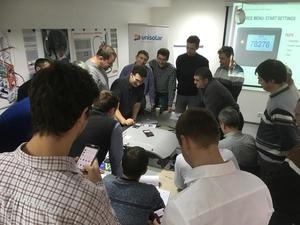
How did the various markets in the Ukraine develop further, is the residential market also growing strongly?
Yes, it has continued to develop, but we have a stronger focus on larger MW projects.
How much is the feed-in tariff?
The FITs for PV farms are listed in period 2017-2019: Ground mounted commercial, € 0.1502 kWh; Facade-mounted commercial, € 0.1637 kWh, residential € 0.1809 kWh. The difference between residential and commercial PV plants are: The payment to residential PV plant is made by the difference between exported and imported electrical energy to the grid. The less you get, the more you get. Commercial PV plants which work as companies, for example LLCs, pay profit tax which is 18%., But the profit can be minimized. We do not expect any major changes in the foreseeable future. The regulatory framework is quite stable, we are very satisfied and very confident about our further business development in Ukraine.
Has an energy storage market already developed?
Currently, the energy storage systems are still too expensive for the Ukrainian market. But there are some empires that want that, also for prestige reasons and who can afford it. In addition, there are always power failures. I expect the development of an energy storage market in the medium term and we want to offer solutions for this with our partner Victron and Solarwatt, whether for the complete off-grid operation, short-term storage or emergency power systems.
Interviewed by Hans-Christoph Neidlein
Read more about energy storage
Stay informed, get our free newsletter twice a week, register here



